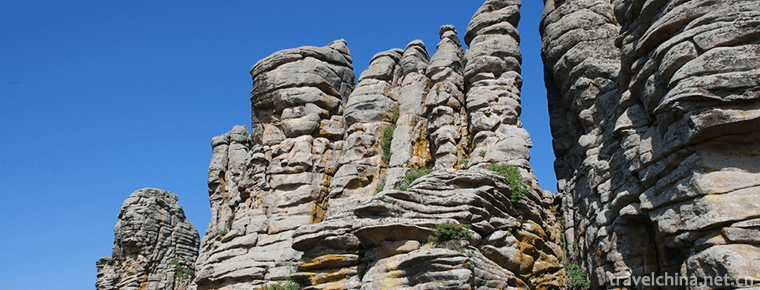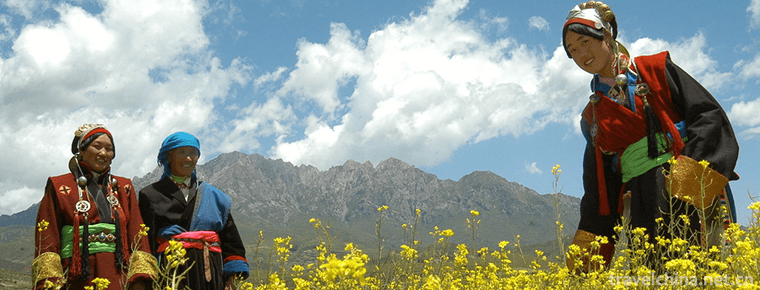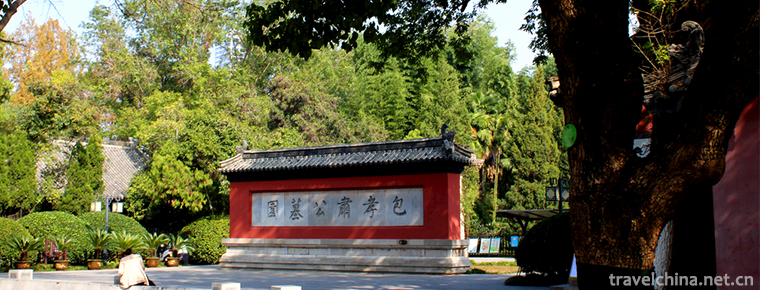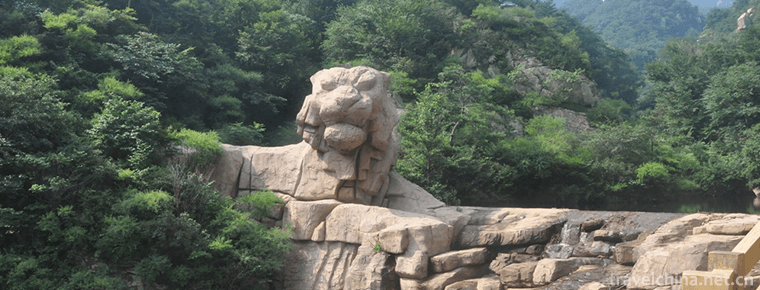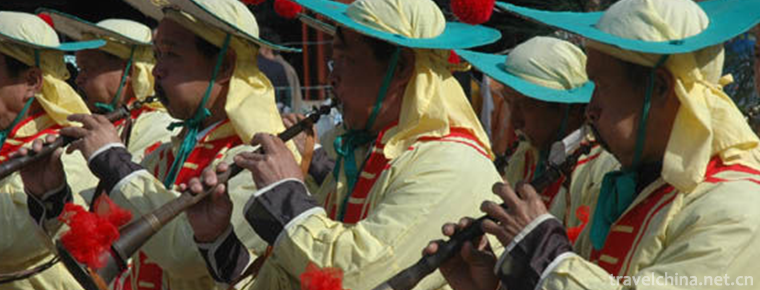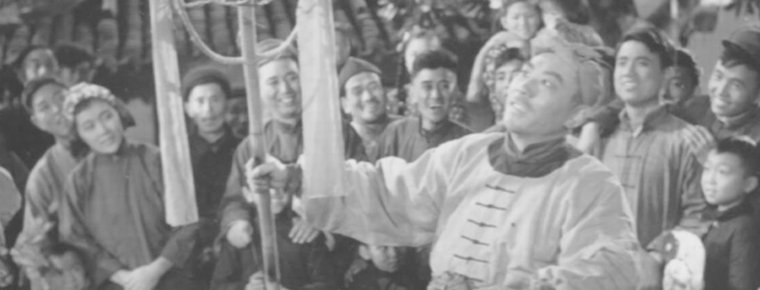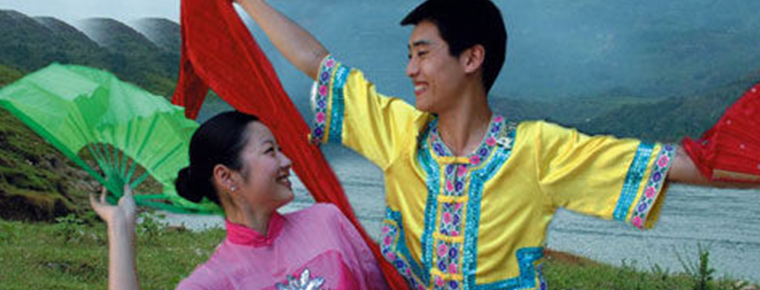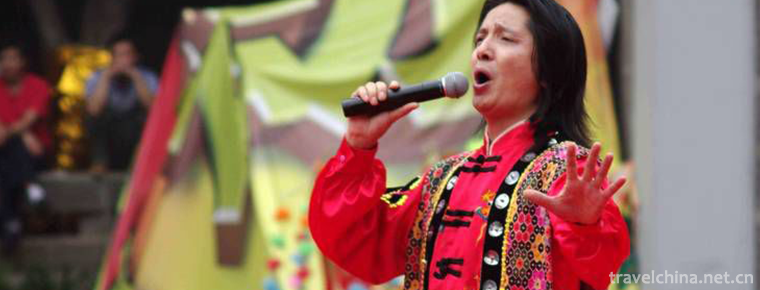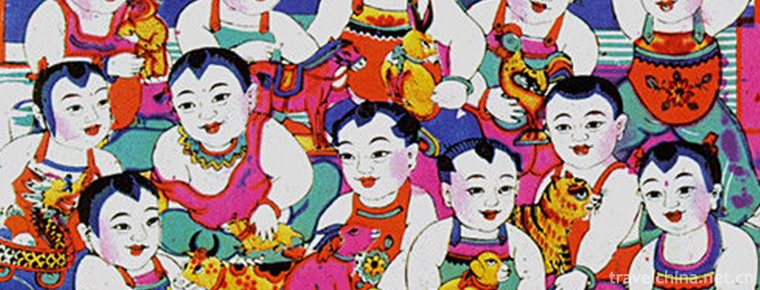The Yi Nationality Plays Songs
The Yi Nationality Plays Songs
The dance of the Yi nationality is colorful and varied. It is typical of the simple collective dance "Da Song" (also known as "Ta Song") with the entertainment of the masses. In Midu, Yunnan Province, the hometown of Little River Running Water, Yi compatriots hold singing activities every time they are married or buried, building houses, temple fairs and festivals.
The most distinctive cultural activities of the Yi people are the songs played by the Yi people, whose language is "Ayi" and "Erke", which means "singing and dancing". The Yi people's singing and dancing is a kind of collective dancing with songs and dances. Its style is vigorous and lively, and there are 168 kinds of dancing steps. The dancers sang and danced with the accompaniment of Sheng and flute, with neat steps and vigorous dancing postures. In ceremonial occasions, the elders should lead a number of young and strong men to dance the prelude. After the prelude, both men and women, old and young, strangers and acquaintances can participate at will.
On June 7, 2008, the Yi people's song-playing was approved by the State Council to be included in the second batch of national intangible cultural heritage list.
Historical Evolution
According to legend, Midu Yi people's song fighting originated from an ancient tribal war. The Yi tribe was defeated and besieged by the enemy in the mountains. To inspire morale and confuse the enemy, the Yi tribe set off a fire and danced around the fire. They stepped out with rhythmic footsteps and clapping sheepskin and coats. The other side thought that many people and horses of the Yi tribe dared not enter and retreat. From then on, the Yi people commemorated their victory by treading songs.
Holding time
Despite the variations in the process of inheritance, the traditional activities of singing on the 15th, 8th, 14th, 15th, 19th, Torch Festival, Autumn Festival, 15th August and Winter Solstice Festival of the first lunar month have been preserved.
Stylistic features
Generally speaking, preface dancing is not necessarily necessary. Anyone can join in singing and dancing at the beginning. As few as 35 people are dancing in the field. As many as tens or hundreds of people are singing and dancing around the campfire in the singing ground. When tens or hundreds of people sing and dance together, beautiful and beautiful sounds of beating songs float in all directions, and mountains and valleys should be heard, so that people can truly feel the warm and happy atmosphere in the singing arena several miles away.
In Midu area, there have been foot singing activities since the Nanzhao Period. The Zhi Manuscript of Midu County contains: "When foot singing, women usually wear red and green, and they fight with men in felts on their heads, buy sugar and wine, choose a broad place in the village, stand on a swing, stand against each other, hang a lamp. Under the incense burning, men and women mixed, gathered to sing, singers surrounded by a circle, foot dancing, shouting and whining. Up to now, the customs of singing still exist in February 8, February 14, January 15, 19, Torch Festival and Autumn Festival of the Chinese lunar calendar. The couplet of iron pillar temples written by Li Biao, the emperor of Qing Dynasty, bestowed on Hanlin: "Lusheng Saizu, Felt Hat and Stepping Song..." It describes the hot scenes of ancient Midu Yi ancestors singing and offering sacrifices to their ancestors.
accompaniment
The Yi people in Midu West Mountain play songs accompanied by gourds or bamboo flutes. Men and women are paired in parallel to form a circle. The dance rhythm is slow and the singing is accompanied by dancing. There is a light atmosphere of singing and slow dancing. In the dance, there are two men in rhythm, holding a big knife for the double knife dance, performing the ancient war knife method to praise their ancestors. Yao Chong, a native of Yiren, wrote in his "Ta Ge of Guan Duo Hu Nationality" as follows: "When you hear the sound, you start to hold hands and jump back to respond to the chord. The sound of the jade flute is clear and elegant, and the Lusheng is as leisurely as the forest spring. Men and women talk to each other and sing together to celebrate the festival. The old customs are pure and beautiful, and the customs of the Yi family are full of vitality."
The Yi people of Midu Dongshan sing with three strings and flute accompaniment, and men and women arrange flowers in a single line to form a circle. Only dancing without singing, dancing from slow to fast, prominent rhythm, forming a warm and happy atmosphere. There are two kinds of songs: hymns and folding songs.
Niujie Yi people's singing in Midu Nanshan has three-string accompaniment and hand-tapping goatskin jacket accompaniment. Men and women dance hand in hand or shoulder in a circle, neat movements, highlighting the overall coordination, people feel united and firm, indomitable national spirit.
Common Ballads
According to ancient customs, every year on the fifteenth day of the first lunar month, the Yi compatriots of Midu went to Nanzhao Tiezhu Temple to sacrifice the iron pillars. But because the village is far from the temple, it is now only visited once every few years. Most of the time, in a place called Kezhi Choke on the hill behind the village, sacrificial pillars were carried out in front of a green chestnut tree symbolizing "Iron Pillar Master". On the morning of the fifteenth day of the first lunar month, the singing troop carried the "three pigs" (i.e. tribute) to "Master Iron Pillar" to lead the song. The process of leading the song is the same as that of the pillar ceremony in Tiezhu Temple. The singing team is led by the old people. First, three trumpets are issued, then Suona plays the happy tune "Opening the door Red", and then by the elders in the front, followed by the flute-blowing team and the singing team. They wore felt hats, leather satchels and suede pants. At the beginning of the sacrifice, the sacrificial rite begins with a snuggle. After three worships, the unified command is uttered: "Hmm - OH - Hmm!" Then I read the compliment and said, "Today we come to congratulate our ancestor, Grandma Avan." In front of the Iron Column Temple, let's celebrate. The white horse needs to be fed, and the millet needs to be fed to it. Finally, with the accompaniment of the reed flute, we all sang the pole song together: "December of a year, preferably the first month, the fifteenth of the first month, like this day. We have come to Tiezhu Temple. Congratulations to Mr. Tiezhu. My Lord has a white horse. Is the white horse well fed? Whether the white horse will eat millet as horse feed?
characteristic
Midu Yi people's singing is closely related to their melody and music. Playing tunes is one of the songs and poems of the local Yi people. The content is vivid and rich, the melody is elegant and elegant, the singing method is unique and the rhythm is unique. With the help of beautiful music melody, this kind of poem makes the whole body and mind enjoy the artistic realm of hand-dancing and foot-stepping. It not only enables the majority of Yi people, men, women and children to enjoy the joy of entertainment, but also greatly inspires and exercises the wisdom and physique of the Yi people. One of them sings in this way: "Come and sing and sing!" Put up dust and make medicine. To sing is to go around in groups, one following the other. It's not that I love playing songs. Kong Ming's book is in full swing. Come and sing, come and sing! Tens of millions went ahead and tens of millions went behind.
Cultural Value
Weishan Dage Lie National Heritage
The Yi people's song-playing, which combines melodious music score, vigorous dance steps, rich expressions and classical tunes, is fascinating and intoxicating. It can be called a classic in the Yi culture. The main way of Yi people's singing is self-entertainment and self-enjoyment. There is no doubt that they will fight for happiness and sorrow. The Yi nationality sings with "fire" as the center of the circle, which is surrounded by two groups inside and outside. The inner circle is a musical instrument, with Lusheng as the main rhythm, accompanied by flute and knife. The outer circle is a singing tune, dancing with the music, and the tune blurts out. The whole singing scene is full of Ying Ge Yan Dance and poetic and picturesque.
Weishan, which nurtured this ancient traditional dance, is the birthplace of Nanzhao, a prominent country in history, as well as the birthplace of the Yi people in the whole country. Weishan Yi people's song beating was awarded the national intangible cultural heritage by the Ministry of Culture in 2008.
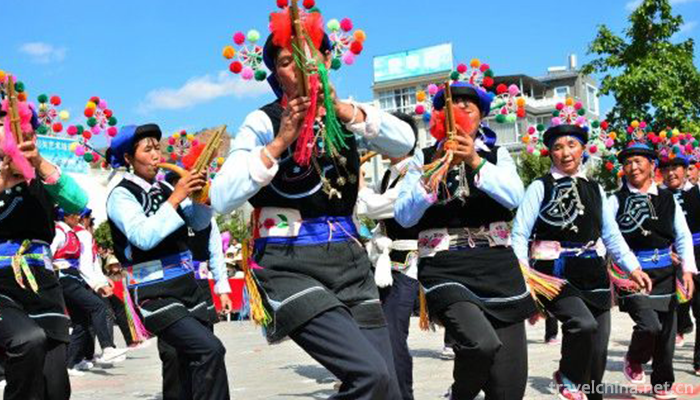
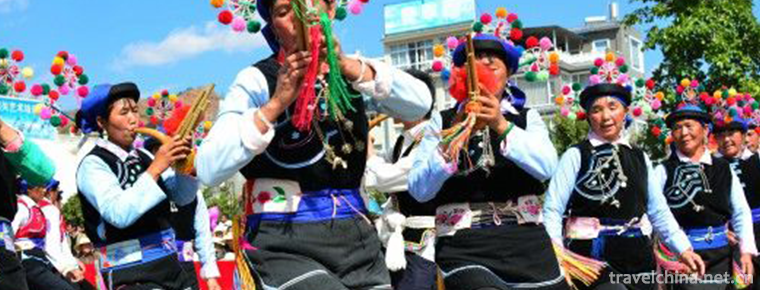
The Yi Nationality Plays Songs
-
Ashatu Stonehenge Tourist Area Chifeng City Inner Mongolia Autonomous Region
Ashatu Stonehenge Tourist Area, Chifeng City, Inner Mongolia Autonomous Region Keshkten Stone Matrix (formerly Ashatu Stone Forest) is located in Keshkten Banner of Chifeng City
Views: 229 Time 2018-12-02 -
Mutual Aid Tu Nationality Hometown
Huzhu Tujia Hometown Scenic Area is located in Weiyuan Town, Huzhu Tujia Autonomous County, Haidong City, Qinghai Province. It is 31 kilometers away from Xining City
Views: 136 Time 2018-12-12 -
Package Park
Baoyuan, or Baoyuan for short, is located at 72 Wuhu Road, Hefei City, Anhui Province. It was built in 1063, the seventh year of Jiayou in the Northern Song Dynasty. It was built in memory of Baozheng
Views: 429 Time 2018-12-26 -
Lion Mountain Scenic Area
Lion Mountain Scenic Area is located in the east of Shaoshan Scenic Area, which is divided into Lion Mountain Scenic Area and Benbenling Scenic Area.
Views: 396 Time 2019-02-08 -
Zhangye Danxia National Geological Park
Zhangye Danxia National Geological Park is the only Danxia landform and color hilly landscape complex area in China. Located at the northern foot of Qilian Mountains, 30 kilometers south of Linze Coun
Views: 217 Time 2019-03-16 -
Hebei Drum Music
Hebei drum and percussion music is a local traditional music mainly composed of percussion instruments and percussion instruments. It has been an important type of music
Views: 157 Time 2019-05-02 -
Shanghai Opera
Shanghai Opera, a local traditional drama in Shanghai, is one of the national intangible cultural heritage.
Views: 187 Time 2019-05-03 -
Lantern Opera
Flower lantern opera is a kind of traditional opera widely popular in China. Its prominent feature is that the hands are inseparable from fans and handkerchiefs, singing and dancing
Views: 308 Time 2019-05-04 -
Shizhu Tujia Luoer Diao
Shizhu Tujia Luoer Diao originated from Shizhu Tujia Autonomous County, Chongqing. It is a folk song of Luoer tune, which is popular among the Han and Tujia nationalities in southeastern Chongqing. It
Views: 297 Time 2019-06-15 -
Yangjiabu woodcut New Year paintings
Yangjiabu wood engraving New Year's picture is a traditional folk engraving which is spread in Weifang City, Shandong Province. Its production method is simple, exquisite craft, bright color, rich con
Views: 136 Time 2019-07-11 -
Yao Opera
Yao Opera is popular in Yuyao, Cixi, Ningbo, Zhoushan, Shangyu and Shaoxing. It developed on the basis of folk singing and dancing "horse lantern", "dry boat" and "tea basket&
Views: 319 Time 2019-07-11 -
Beijing University Of Technology
Founded in 1960, Beijing University of Technology is a multi-disciplinary municipal key university with a combination of engineering, science, economics, management, literature, law, art and education
Views: 351 Time 2019-09-06
